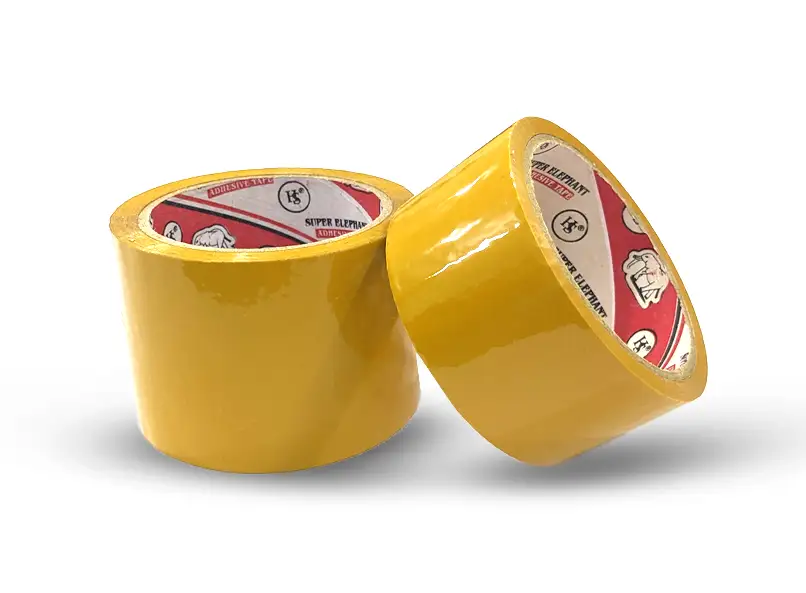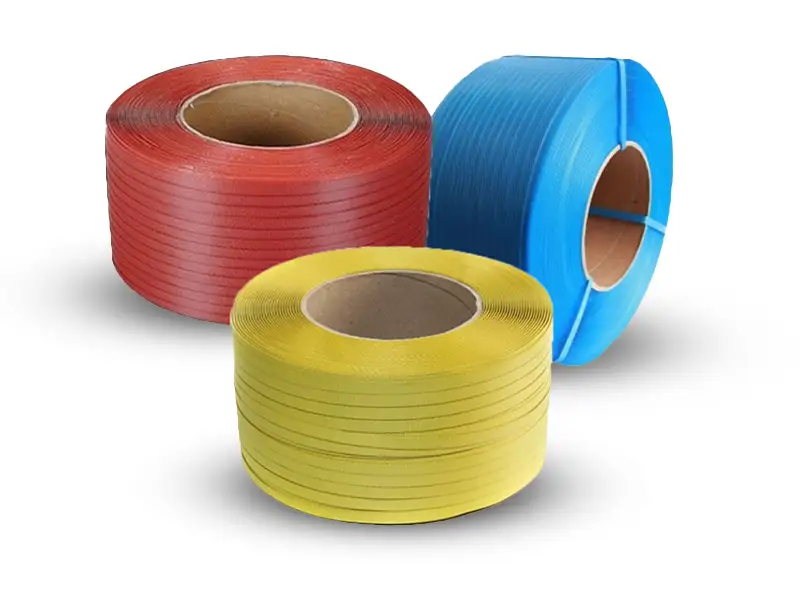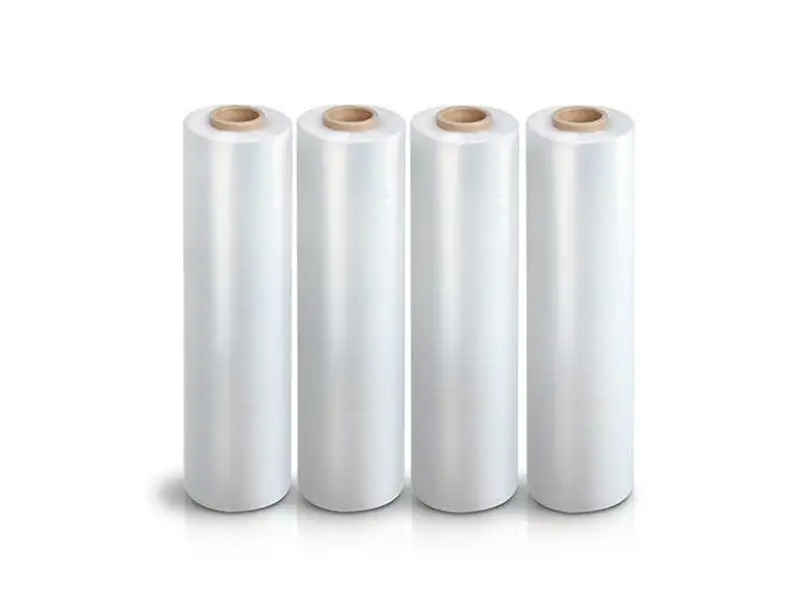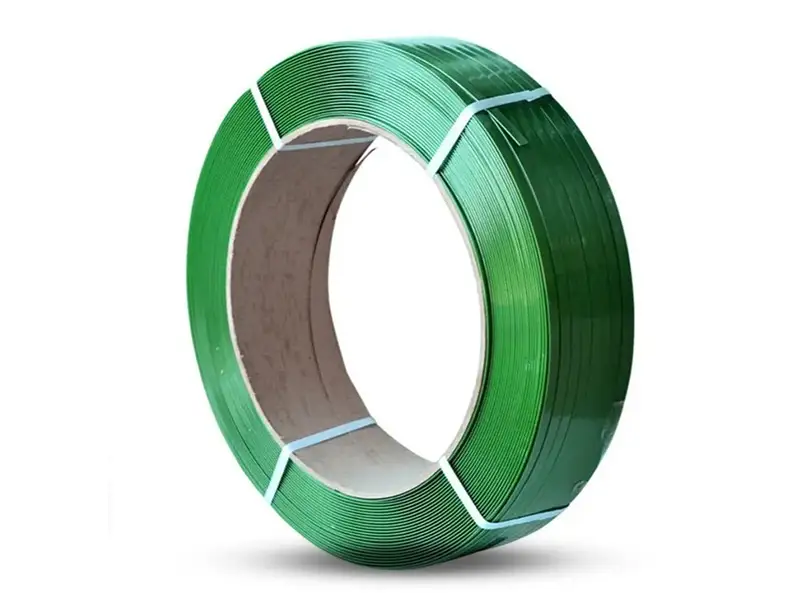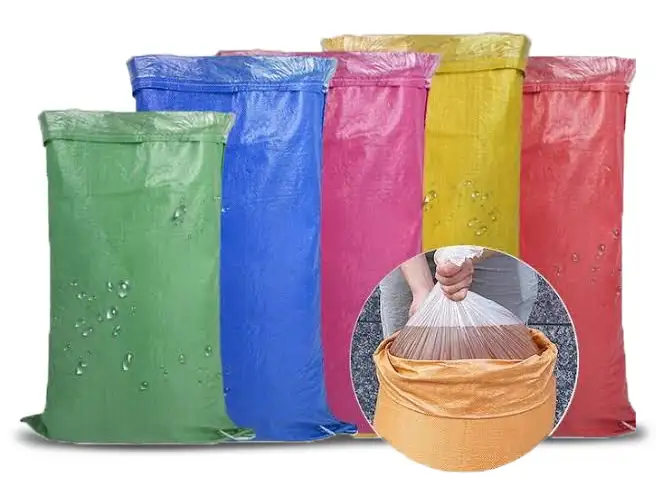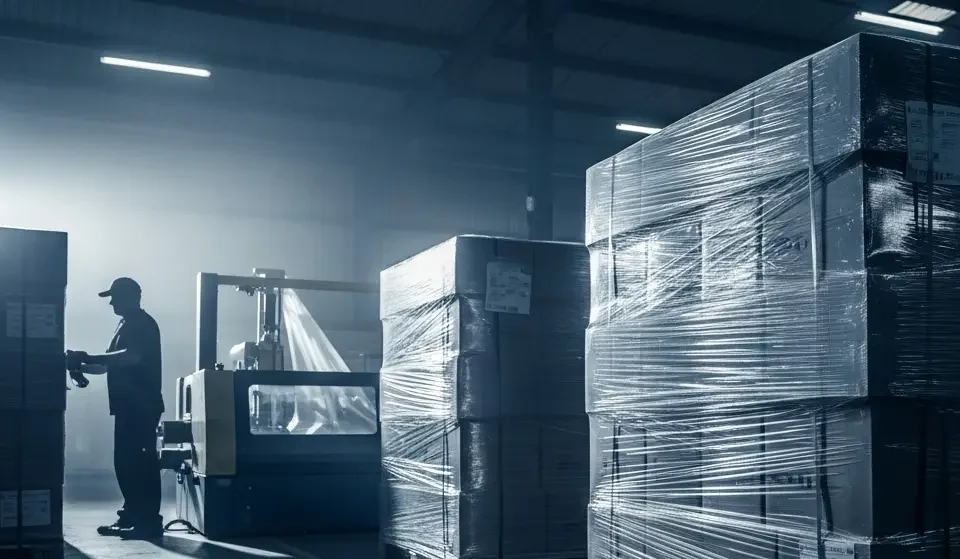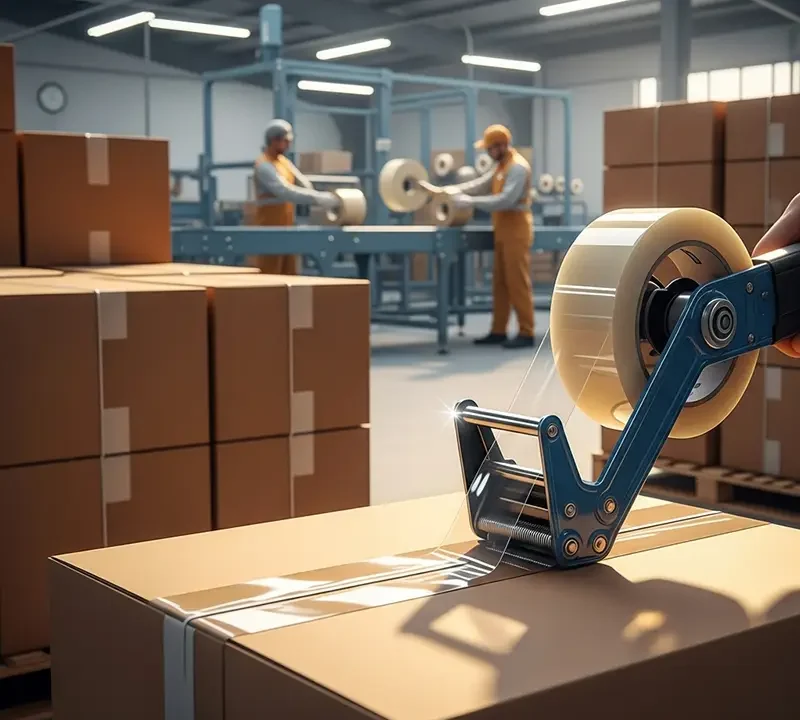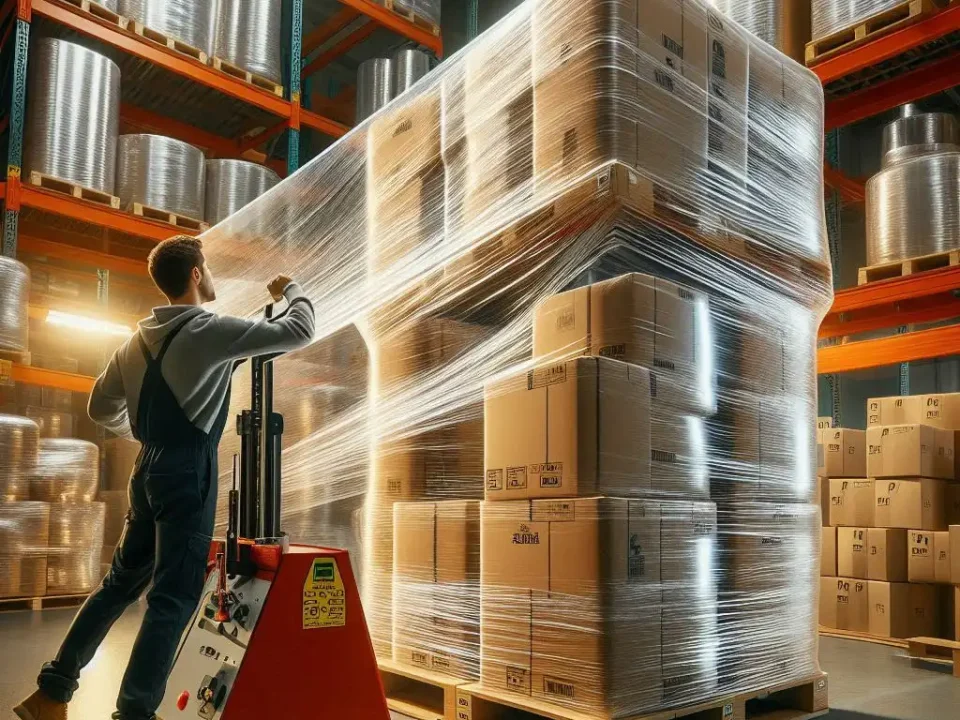
The Ultimate Guide to Choosing the Right Packing Supplies for Your Needs
May 20, 2024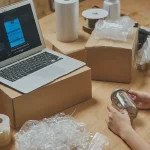
How to Choose the Right Packaging Material for Your Products
May 26, 2024Packing efficiently is crucial for ensuring that items reach their destination safely and in perfect condition. Whether you are moving, shipping products, or storing items, avoiding common packing mistakes can save you time, money, and frustration. In this blog post, we will highlight five common packing mistakes and provide practical solutions to prevent them. By following these tips, you can enhance the security and integrity of your packed items.
Overstuffing Boxes: Leading to Breakage and Damage
One of the most frequent packing mistakes is overstuffing boxes. This might seem like a space-saving strategy, but it often leads to breakage and damage. When boxes are overfilled, the contents are under excessive pressure, making them more likely to break. Additionally, overstuffed boxes are difficult to seal properly, increasing the risk of items falling out during transport.
How to Avoid Overstuffing Boxes:
- Use Appropriate Box Sizes: Select boxes that are appropriately sized for the items you are packing. Avoid using boxes that are too small or too large.
- Distribute Weight Evenly: Ensure that the weight is distributed evenly across the box to prevent one side from becoming too heavy.
- Leave Some Space: Allow some space at the top of the box for cushioning materials like bubble wrap or packing peanuts. This helps protect the items inside.
- Use Multiple Boxes: If you have many items, use multiple boxes instead of trying to fit everything into one box. This reduces the risk of overstuffing and makes the boxes easier to handle.
Using Incorrect Packing Materials: Compromising Security
Using the wrong packing materials can compromise the security of your items. Materials that are not designed for packing, such as newspaper or thin plastic bags, may not provide adequate protection. This can result in items shifting during transport and sustaining damage.
How to Avoid Using Incorrect Packing Materials:
- Invest in Quality Materials: Use high-quality packing materials such as bubble wrap, packing peanuts, and sturdy boxes. These materials are designed to protect your items.
- Use Proper Sealing Tape: Use strong packing tape to seal your boxes. Avoid using regular household tape, as it may not hold up during transport.
- Wrap Fragile Items: For fragile items, use bubble wrap or foam to wrap each item individually. This provides an extra layer of protection.
- Label Boxes: Clearly label boxes that contain fragile items. This alerts handlers to take extra care with those boxes.
Not Properly Securing Pallets: Risks During Transport
Improperly secured pallets pose significant risks during transport. If pallets are not secured correctly, they can shift, leading to potential damage to the items and the transport vehicle. This is particularly important for businesses that ship large quantities of products.
How to Avoid Not Properly Securing Pallets:
- Use Quality Strapping: Use high-quality strapping or banding to secure your pallets. Ensure the strapping is tight and won’t come loose.
- Shrink Wrap: Apply shrink wrap around the entire pallet, including the base. This helps to keep the items on the pallet secure.
- Distribute Weight Evenly: Place heavier items at the bottom and lighter items on top to prevent the pallet from becoming top-heavy and unstable.
- Check Stability: Before transporting, check the stability of the pallet. Make sure nothing is protruding or unbalanced.
Ignoring Weight Limits: Straining Boxes and Equipment
Ignoring weight limits can strain boxes and handling equipment, leading to breakage and accidents. Overloading boxes can cause them to break, and overloading equipment can lead to malfunctions or injuries.
How to Avoid Ignoring Weight Limits:
- Know Your Limits: Be aware of the weight limits for the boxes and equipment you are using. Do not exceed these limits.
- Use Appropriate Boxes: Use heavy-duty boxes for heavier items. These boxes are designed to handle more weight.
- Weigh Boxes: If possible, weigh your boxes to ensure they are within the weight limit.
- Use Multiple Boxes for Heavy Items: Distribute heavy items across multiple boxes to avoid overloading a single box.
Skimping on Protection: Leaving Fragile Items Vulnerable
Skimping on protective materials is a common mistake that leaves fragile items vulnerable to damage. Items such as glassware, electronics, and ceramics need extra protection to prevent breakage.
How to Avoid Skimping on Protection:
- Use Plenty of Cushioning: Use ample bubble wrap, packing peanuts, or foam to cushion fragile items. Ensure that there is enough cushioning on all sides of the item.
- Wrap Items Individually: Wrap each fragile item individually to provide maximum protection.
- Fill Empty Spaces: Fill any empty spaces in the box with cushioning material to prevent items from shifting during transport.
- Label Fragile Boxes: Clearly label boxes containing fragile items so that handlers know to take extra care.
Call to Action: Proper Box Sealing and Cushioning Techniques
To ensure your items are packed securely, follow these tips for proper box sealing and cushioning:
- Seal Boxes Tightly: Use strong packing tape to seal all seams of the box. Apply extra tape to the corners and edges for added strength.
- Use Double Boxing: For particularly fragile or valuable items, consider using a double-boxing method. Place the item in a smaller box with cushioning and then place that box inside a larger box with more cushioning.
- Cushioning Techniques: Use a combination of bubble wrap, foam, and packing peanuts to cushion items. Ensure that there is cushioning on all sides, including the top and bottom of the box.
- Test for Movement: Before sealing the box, give it a gentle shake. If you hear or feel items moving inside, add more cushioning until everything is secure.
By following these packing tips and avoiding common mistakes, you can ensure that your items are well-protected and arrive safely at their destination.
FAQs
- What are the most common packing mistakes? Common packing mistakes include overstuffing boxes, using incorrect packing materials, not properly securing pallets, ignoring weight limits, and skimping on protection for fragile items.
- How can I avoid overstuffing my boxes? Use appropriately sized boxes, distribute weight evenly, leave space for cushioning materials, and use multiple boxes if needed.
- Why is it important to use the right packing materials? Using the right packing materials ensures that your items are protected during transport and reduces the risk of damage.
- How should I secure pallets for transport? Use quality strapping, shrink wrap, distribute weight evenly, and check the stability of the pallet before transport.
- What happens if I ignore weight limits when packing? Ignoring weight limits can cause boxes to break and strain handling equipment, leading to potential accidents and damage.
- What is the best way to protect fragile items during packing? Use ample cushioning materials, wrap items individually, fill empty spaces with cushioning, and clearly label boxes containing fragile items.
- How can I ensure my boxes are sealed properly? Use strong packing tape to seal all seams, apply extra tape to corners and edges, and consider double boxing for extra protection.
- What is double boxing and when should I use it? Double boxing involves placing an item in a smaller box with cushioning and then placing that box inside a larger box with more cushioning. Use it for particularly fragile or valuable items.
- How do I check if my packed box is secure? Gently shake the box before sealing. If items move inside, add more cushioning until everything is secure.
- What are some good cushioning techniques? Use a combination of bubble wrap, foam, and packing peanuts to cushion items. Ensure cushioning on all sides, including the top and bottom of the box.



